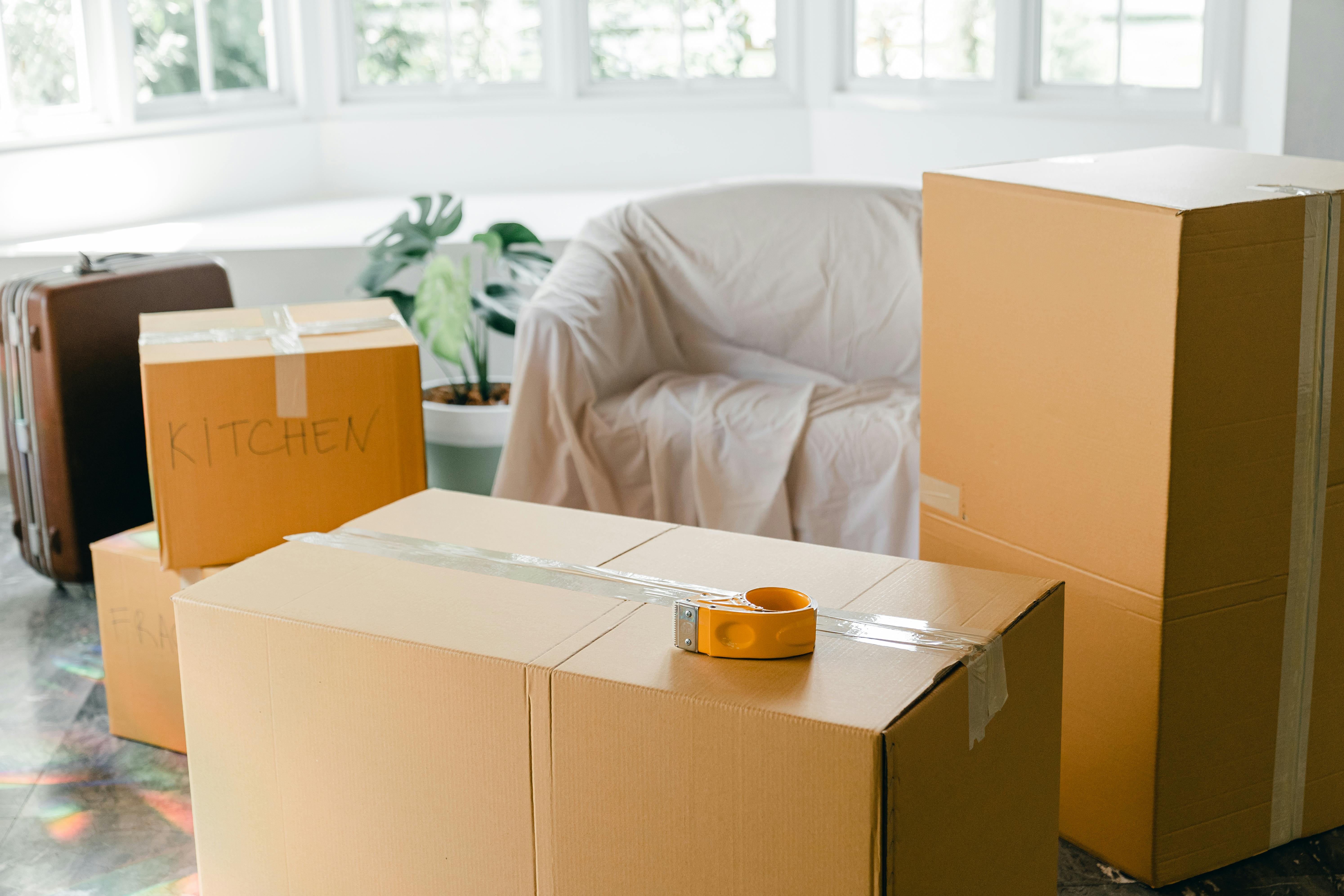A home that is infected with black mold spores will likely have someone living in it to become infected with a respiratory illness. Most of the time, mold is present in areas that have recently and consistently been affected by damp and wet surfaces. Sometimes mold is found on ceilings, walls, and floors that are exposed to constant leaks and water damage. However, airborne black mold byproducts are also found in refrigerators and inside trash cans. These toxic and poisoned black mold spores are always present on wet, damp surfaces.
The side effects of black mold spore infection are plentiful. The first basic symptom includes coughing and sneezing. These are often signs of mold fiber poisoning. At first it looks like a common flu-like symptom, but if the presence of mold is there, it is more than likely a severe allergic reaction to the toxic fibers and mold spores. Some may also have that cough-inducing, dry, itchy throat symptom. A stuffy and runny nose is also an indication of exposure to black mold spores. Once these toxic fibers enter your nose, as they are usually airborne, your body reacts negatively. Hence, it ignites that inflammation reaction of the nose and lungs that leads to a stuffy and runny nose.
Difficulty breathing is the result of a blocked nose and lungs. People with asthma are often the ones who experience severe breathing problems. Often times, people affected by black mold fibers have headaches and constant fatigue that is out of the ordinary. These headaches are often related to respiratory problems caused by black mold spore disease. As soon as a person makes an effort on their breathing, it is more than natural for them to have headaches. Perfect and effortless removal of spores is essential to ensure a healthy environment is maintained in your home to prevent respiratory illnesses from occurring or worsening.
